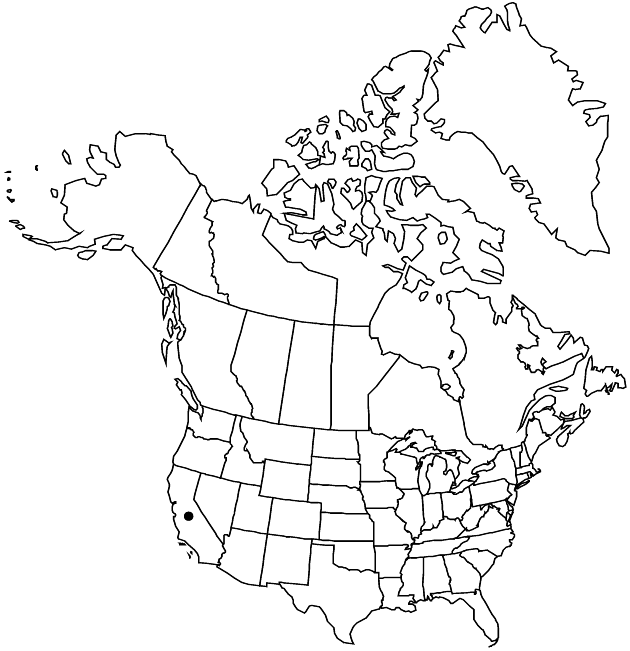Senecio californicus
in A. P. de Candolle and A. L. P. P. de Candolle, Prodr. 6: 426. 1838.
Annuals, (5–)10–30(–50+) cm (taprooted). Herbage glabrous or sparsely tomentose. Stems usually single (erect), sometimes 2–6 (branching from bases, arching upward). Leaves (sometimes subsucculent) evenly distributed; ± petiolate (proximal); blades linear-lanceolate to lanceolate 2–5(–7+) × 0.5–2(–3+) cm, bases tapered, margins subpinnatifid to dentate or subentire (mid and distal leaves sessile, bases clasping). Heads usually 3–10(–20+) in open, cymiform arrays, sometimes borne singly (depauperate plants). Calyculi of 5–8+ lanceolate to lance-linear or filiform bractlets (0.5–3 mm, usually inconspicuous). Phyllaries ± 21 (sometimes fewer), 5–7(–8) mm, tips black. Ray florets ± 13; corolla laminae 8–11 mm. Cypselae hirtellous-strigose. 2n = 40.
Phenology: Flowering late winter–spring.
Habitat: Sandy, dry or drying sites, especially near coast
Elevation: 0–1200 m
Distribution

Calif., Mexico.
Discussion
Dwarfish, subsucculent plants of Senecio californicus from near the coast have been recognized as S. ammophilus.
Selected References
None.
